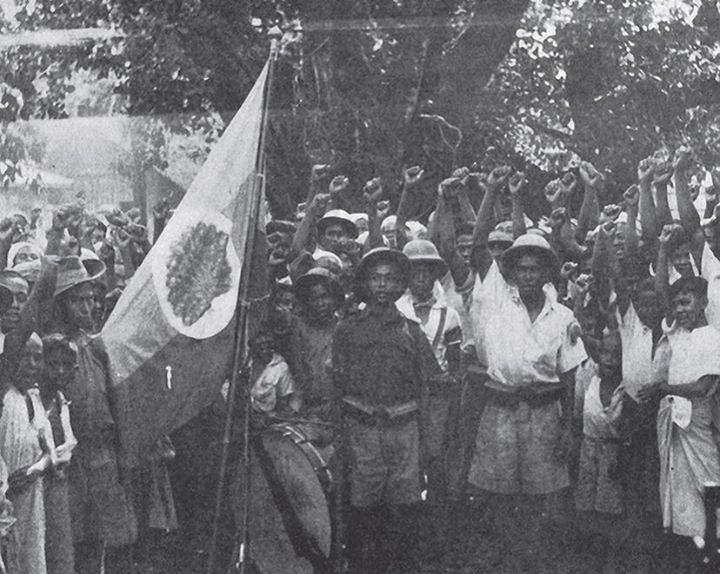
27 March 1945
Armed Forces Day
people William Slim
Armed Forces Day marks the anniversary of the fateful decision by the Burma National Army in March 1945 to revolt against the Japanese and side with the Allies.
After a parade on 27 March in Rangoon, the BNA marched out of the city and began attacking Japanese positions in the delta and in the Pyinmana-Toungoo area (exactly where Napyitaw is now). The war in Burma was then nearly over. Nearly a million British, African, Indian, Gurkha, Chinese, and American troops had already overrun the northern half of the country, in a massive overland operation from India.
The British Fourteenth Army, headed by General Slim, had crossed the Chindwin River in December 1944 and the Irrawaddy in February 1945. Mandalay had fallen that same week in March. The road to Rangoon lay open. The BNA's attacks on the Japanese rear proved useful in speeding up the approach to Rangoon, which was captured in early May, just as the monsoon rains began.
More importantly, switching sides made possible a new relationship between the British and the BNA's 30-year-old commander General Aung San, a relationship that would set the stage for everything that would follow in Burmese history.
The photo shows an image of the Burma National Army in early 1945. The tricolour flag in the picture was used by the nationalist Dobama “We Burmans” association in the 1930s and was inspired by the 1919 flag of the Irish Republic. Later adopted and adapted by the Burma National Army, it was used as the flag of the "State of Burma" (1943-45), the Japanese puppet state during World War Two.